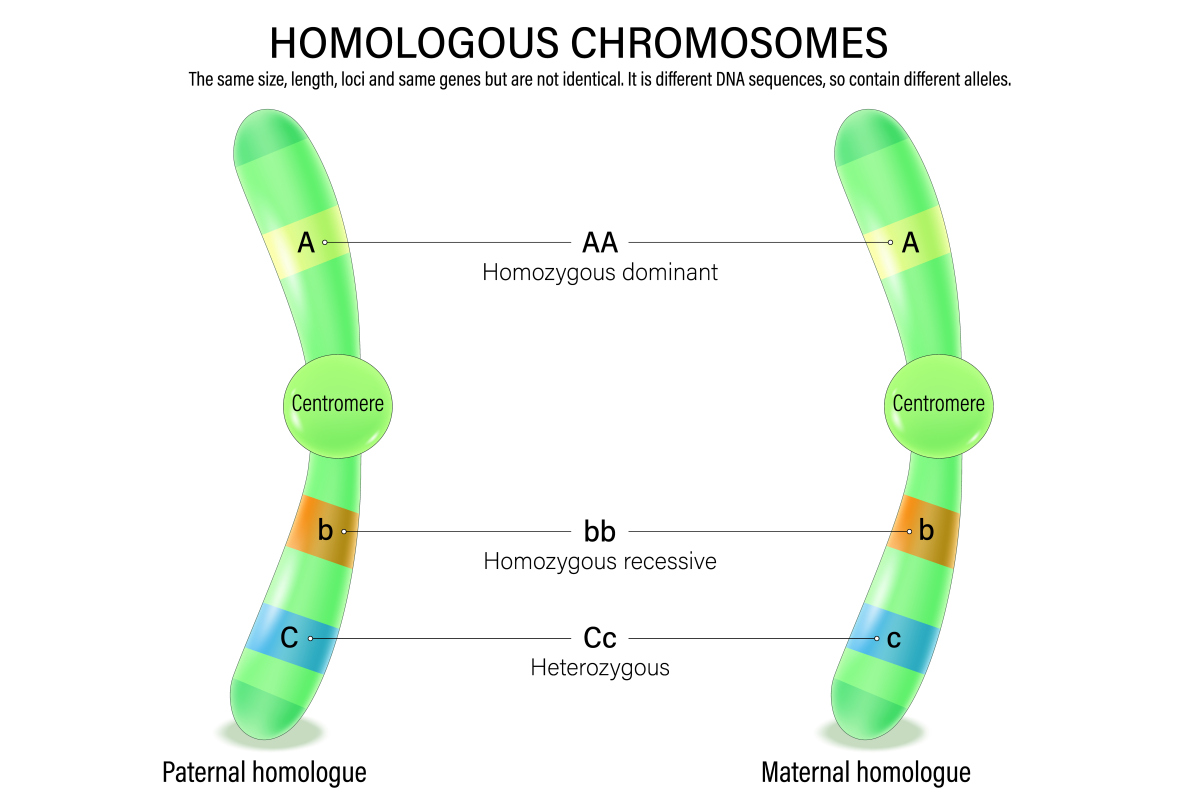Biomolecular Complexity: Factors Beyond Genetic Variations
Certainly! There are several key factors that contribute to the biomolecular complexity, which is higher than the extent of genetic variations. Some of these factors include:
-
Alternative splicing: This is a process in which different combinations of exons within a gene can be spliced together to produce multiple mRNA transcripts. This leads to the production of different protein isoforms from a single gene, increasing the complexity of the proteome.
-
Post-translational modifications (PTMs): Proteins can undergo various modifications after translation, such as phosphorylation, acetylation, glycosylation, methylation, and more. These modifications can alter protein function, stability, localization, and interactions, adding another layer of complexity to the biomolecular landscape.
-
Protein-protein interactions: Proteins rarely function alone; they often interact with other proteins to carry out their roles. The vast network of protein-protein interactions adds complexity to cellular processes and can influence protein function and regulation.
-
Protein folding and conformational changes: Proteins can adopt different three-dimensional structures and undergo conformational changes that are critical for their function. The complexity arises from the diverse folding patterns and the ability of proteins to switch between different conformations.
-
Epigenetic modifications: Epigenetic changes, such as DNA methylation and histone modifications, can influence gene expression patterns without altering the underlying DNA sequence. These modifications can lead to heritable changes in gene expression and contribute to the complexity of cellular processes.
-
Non-coding RNAs: In addition to protein-coding genes, a significant portion of the genome is transcribed into non-coding RNAs. These RNAs play regulatory roles, such as controlling gene expression, modulating protein translation, and regulating chromatin structure, further increasing the complexity of cellular processes.
-
Cellular compartmentalization: Cells contain various organelles and subcellular compartments that have distinct functions and compositions. The organization of biomolecules within these compartments adds another layer of complexity to cellular processes and enables specialized functions.
These factors, among others, contribute to the high degree of biomolecular complexity observed in living organisms, surpassing the extent of genetic variations alone.

原文地址: https://www.cveoy.top/t/topic/fQDu 著作权归作者所有。请勿转载和采集!